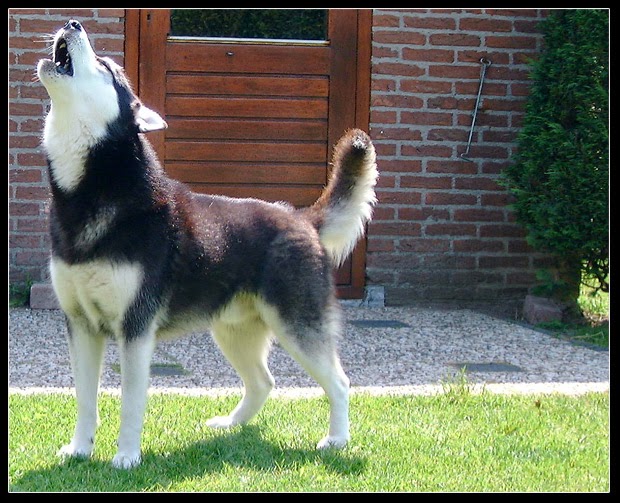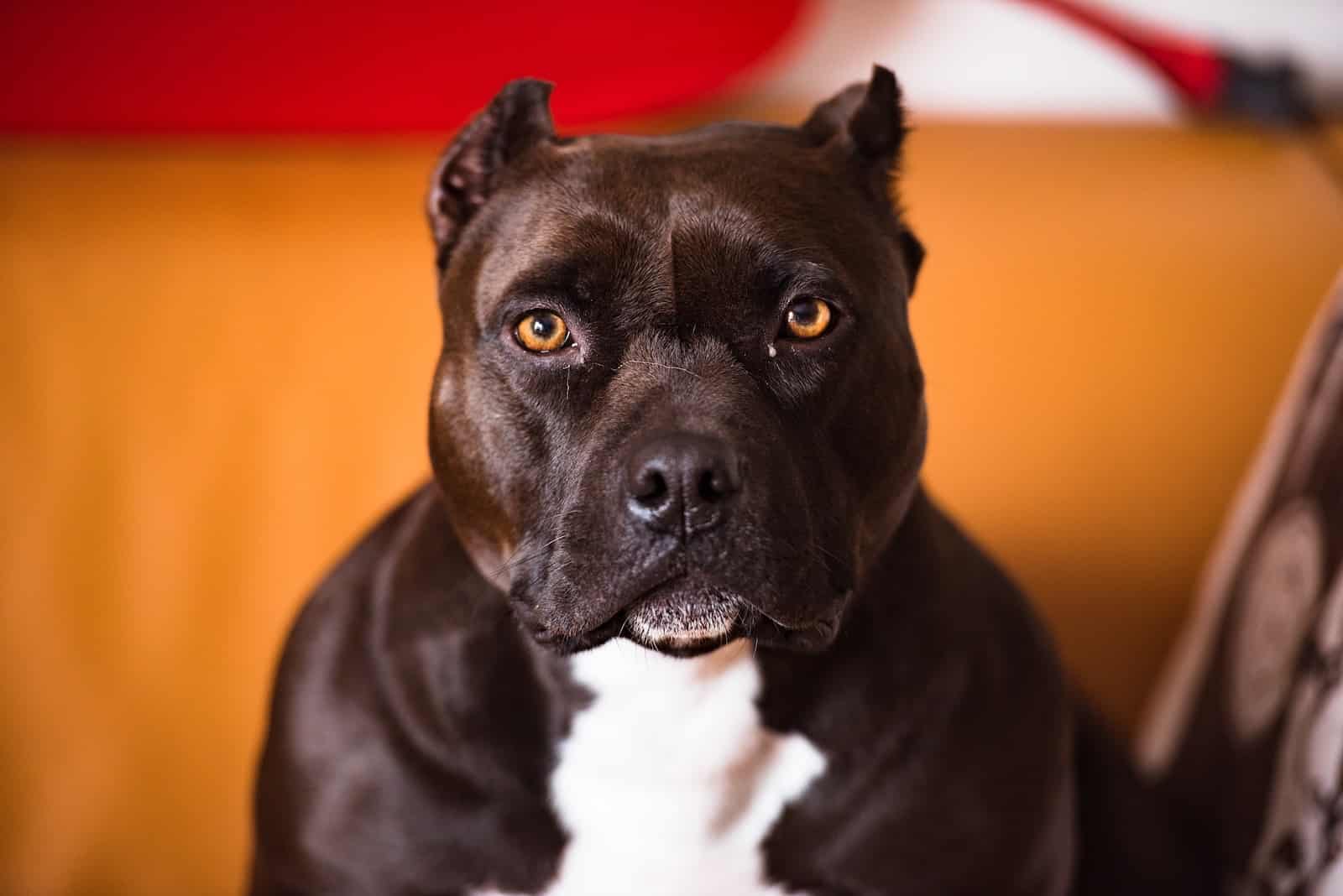How much is too much?
In the great crate debate, it seems that everyone has an opinion. If you talk to some ol' schoolers, they'll tell you they never needed a crate to train their pup. They'll talk about how putting your dog in a cage is cruel; "How's he gonna learn to be a part of the family, if you got him locked up all the time?"
Keep talking to them, and they'll also begin to tell you that the dog used to chew up EVERYTHING when left alone. Or they'll tell you all it takes to house-train is to smush their nose in it, spank their butt, and throw 'em outside..... (for the record...No. These are not appropriate ways to teach a young dog)
My motto usually is "If you can't see the puppy, put the puppy in the box." But this comes with moderation. I recently spoke with someone who mentioned that another 'trainer' had said "I don't care if it's 22 hours a day, if you can't see that dog, put (it) in a crate." Well, I do care that it's 22 hours a day. Too much crate time can ruin a good dog; fast.
It's the equivalent of making an 8 year old boy with a hyper-activity issue, stay in your bathroom all day long. Sure, you let him out to eat, but you get mad at him for jumping and messing around at the table, so it's back to the bathroom. Of course you take him out for a walk now and then, but then when he completely overreacts at the sight of other kids, you get upset at him. "Why can't he just be normal!?" He can't be normal because he doesn't live a normal life. Back to the bathroom.
When you confine an animal for long periods of time, you are denying them everything Nature says they need. Just as Human children need interaction with their families, and the outside world, in order to grow into a balanced, comfortable adult, puppies need time outside the box...a lot of it. Grown dogs do too.
Ok, so what does put the puppy in the box really mean?
Well, it means that after you have altered your life enough to accommodate the energy needs your particular dog has, and you have something to do, or somewhere to go, then it may be ok to put the dog in the crate for its own safety (and the safety of your home's interior).
This does not mean you take the dog out for a quick pee before you have coffee and breakfast, and then another quick outing before you stick the dog in the crate and leave for work for 8-12 hours. How would you like being told you can't leave your bed (even to pee) for 12 hours? Oh, and did I forget to mention, we swapped your king size for this twin....
Set your alarm 30-60 minutes earlier than usual. Get your butt out of that cushy king size, and walk/run that pup. Give your dog the exercise it needs as an animal. That way, when you do crate him, he is more likely to lay down and enjoy the bone or toy you've offered while you are gone. Even better, he'll sleep most of the day.
This also means you don't lock them in a crate 8-12 hours a day. If you must be gone that long, hire a sitter or dog walker to come in at least once to let the animal out to relieve itself.
Can't hire a sitter? That's ok. You must then consider the dog's comfort and set up a "zone" with some puppy pads, or a Potty Patch so the dog can at the very least, urinate or defecate. This also means the dog can move around more; stretch those legs and be more comfortable in your absence. A portable pen or some baby-gates work marvelously if you must set up something like this.
With all this talk, you'd think I was anti-crate, but far from it. I love them. Handled properly, they are a fantastic tool....there's that word again; Tool. And as a Tool, you should look at it's appropriate use.
I talked with a guy who had a small-ish dog, but not enough money to hire someone to let him out during his long, 12 hour day. He had attempted the pen idea, and the dog had escaped it...the solution? He bought his 18 pound dog a wire crate in size XXL....that meant the dog had plenty of space to move, play, sleep and yes, eliminate on the pads in the tray that he placed in a back corner for him...Carpet Saved.
As a general rule of thumb, your pup should be comfortable with spending time in the crate. So put them there when you are NOT leaving. Sometimes, they just need a nap, and you need a time out. It is helpful for the dog to realize that just because you've asked them to 'kennel,' you are not always leaving. A crate can be a wonderful thing that helps you keep your sanity.
 Look at it like placing a young child into a playpen....it's ok for short-term confinement so you can answer emails, or make a phone call without worrying what the kid is putting in his mouth (or diaper...sheesh). But the kid should not live a life where they go from crib (small cage with bed) to playpen (small cage with padding) to carseat (strapped into seat; no freedom of movement) to high-chair (strapped and trapped again) and back to crib. There has to be some exploring somewhere, if you ever expect your child (or puppy) to grow in a balanced and healthy fashion.
Look at it like placing a young child into a playpen....it's ok for short-term confinement so you can answer emails, or make a phone call without worrying what the kid is putting in his mouth (or diaper...sheesh). But the kid should not live a life where they go from crib (small cage with bed) to playpen (small cage with padding) to carseat (strapped into seat; no freedom of movement) to high-chair (strapped and trapped again) and back to crib. There has to be some exploring somewhere, if you ever expect your child (or puppy) to grow in a balanced and healthy fashion.I don't think a dog should be crated for more then 4-5 hours at a time, and that's on the high-side. Yes, some of them do sleep there at night (one of mine does; otherwise, we still get an accident in the sun-room every so often) and that's fine. But I believe the dog shouldn't spend more then 20% of it's daily time in a box.
If you truly must crate consider the dog's comfort, both mentally and physically. Separation anxiety, house-training, new dog, dogs who can't be trusted with each other alone, foster dogs, recovering from vet care, etc, are all great reasons to use a crate....I just hate to see crate-crazy dogs who are blamed for the way they are too hyper, or unresponsive to training, or destructive. They are brimming with the natural exuberance they were blessed with, but have nowhere healthy to put it, if you are putting them in the box too long.....
























.jpg)